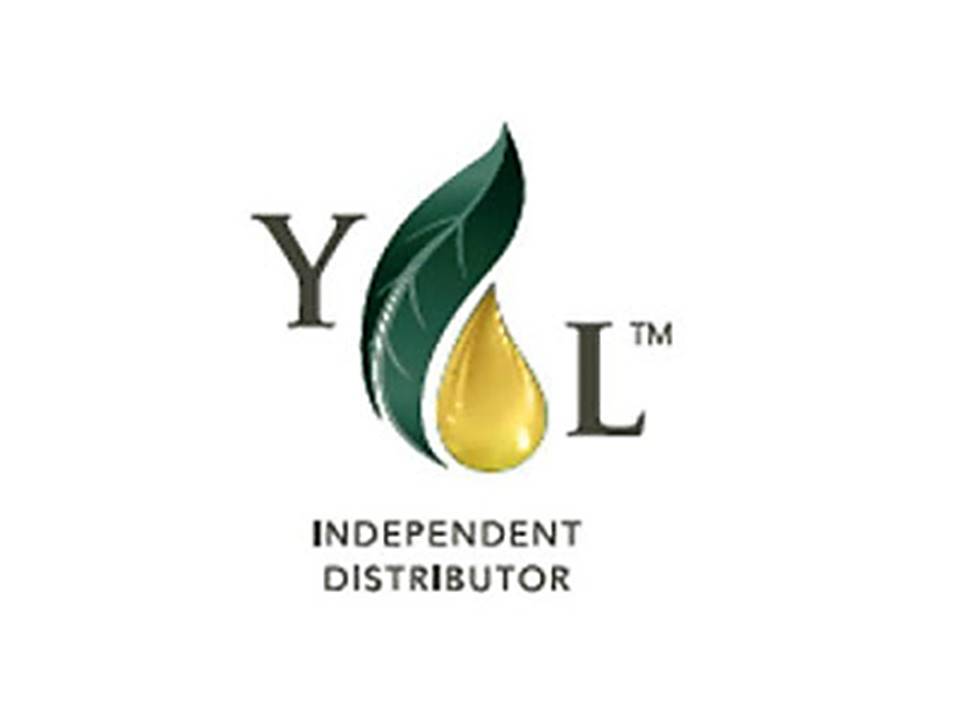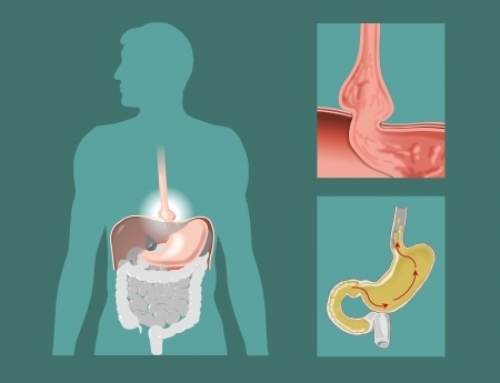Acid Reflux (AR) is also called Gastro-Esophageal-Reflux -Disease (GERD), Heart Burn and Gastric Reflux. This is a very prevalent condition that affects 3 million people a year. In fifteen years of practice, there has not been a week that I have not treated someone with acid reflux.
Currently in the US, the treatment options for (AR) are OTC anti-acids, prescription proton pump inhibitors, life style changes, food avoidance and sometimes surgery. The medicines for (AR) are made to suppress the stomach from making hydrochloric acid (HCl). Prescription proton pump inhibitors are the third highest selling drugs in the world totaling $13.9 billion in revenue.
What causes acid reflux?
Acid reflux happens when the stomach acid burns the esophagus and the lining of the esophagus. There is a valve between the stomach and the esophagus called the Lower Esophageal Sphincter (LES) that allows our meals to pass into the stomach and keeps stomach acid from getting in to the esophagus. If this valve does not stay closed then you get heart burn. This is why it gives someone relief when they lie in bed with their head elevated higher than their stomach to help them sleep.
The OTC and prescription drugs are designed to decrease or neutralize the stomach acid. The thought behind that is, if you lower acid or make it weaker, you will stop the burn.
It is quite a simple approach- If you stop the stomach from making acid you can eliminate the symptoms. However, if you lower the strength or the amount of stomach acid, then you cannot digest protein and absorb minerals and B12 as well. More importantly, one of the causes of acid reflux is too little or weakened stomach acid.
What?
Yes, one of the causes of acid reflux is weakened (high pH). The other causes are mechanical pressure on the LES such as hiatal hernia and certain food combinations. Remember, it is about the ability of the LES to keep the acid in the stomach and out of the esophagus. If the stomach cannot make enough HCl then the strength of the stomach acid is lower. When this happens the LES does not get proper nerve impulse to maintain the seal and the acid can come through. So you can see that the use of anti-acids can keep the symptoms returning and it does not fix the cause of the problem. It is like bailing water back into the leaky boat.
What is needed is to find out if there is mechanical pressure on the LES which is commonly called hiatal hernia (that will be covered in another blog), to find out what food combinations are contributing and how to get the stomach to produce more acid to digest properly. These are relatively easy things to find out through a patient’s history and exam, and can be helped greatly with chiropractic.




